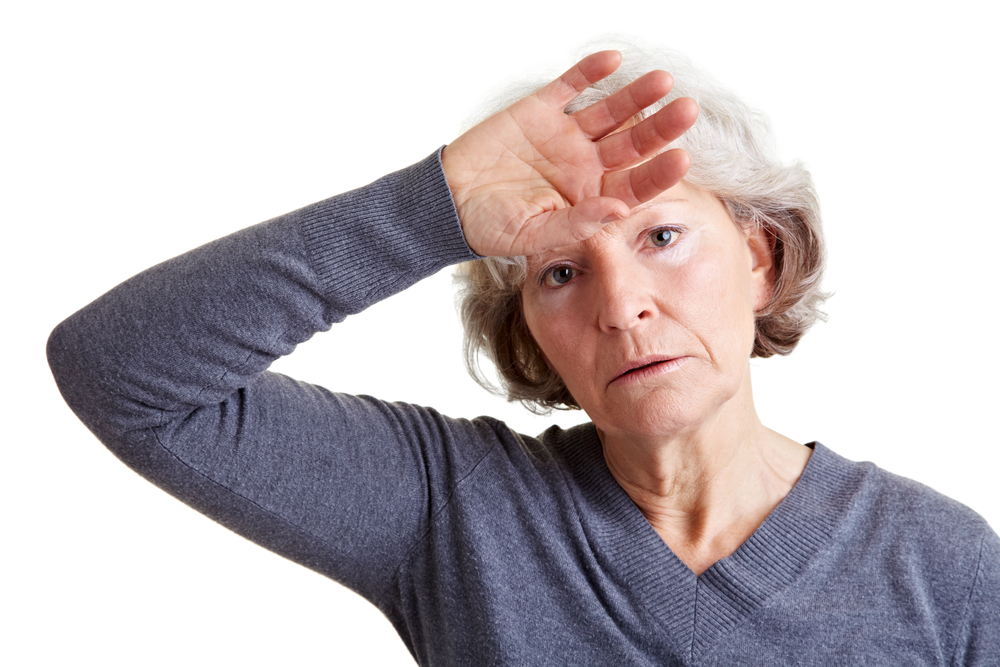How can we tell when consuming wine or other alcohol products becomes a habit, or even worse, an addiction?
Your Menopause Question: When my friends and I get together, we frequently share a bottle of wine. Yet, at least one of my friends admits she is an alcoholic, and therefore, she avoids all alcohol for fear of a relapse. How can we tell when consuming wine or other alcohol products becomes a habit, or even worse, an addiction?
Our Response: Wine, beer, and other alcoholic drinks are part of the fabric of American social life. Yet, hidden in what seems so “normal” are true dangers of alcohol addiction. Consuming alcohol, for many, serves a spectrum of needs that may justify acceptable norms while disguising destructive behavior. Some drink to reduce chronic pain. Some may use alcohol for sleep, while others drink to ward off depression, mitigate the discomfort of social encounters, or to control restlessness or anxiety (Wardell, 2020). For many, these encounters may reflect only a temporary episode in an otherwise busy and hectic life. But, these moments in isolation do not create an addict. So, why does a person become an addict? How does one’s family alcohol history and environment influence the risks of becoming an alcoholic? And can a recovered alcoholic ever return simply to “social drinking?” Answering these questions requires a discussion of family history, neurobiology, and stress. The story, as with so much of biology, begins in our brains (MacNicol, 2017).
The cycle of addiction involves a complex network including the basal ganglion, amygdala, and prefrontal cortex. In more detail, the reward circuit is the mesolimbic dopamine system consisting of the ventral tegmental area (VTA), nucleus accumbens (NAC), prefrontal cortex, and basolateral amygdala, all designed to promote survival (MacNicol, 2017). But, while alcohol initially may produce pleasurable feelings and ward off negative feelings, repeated alcohol exposure used to avoid sustained stress leads to permanent changes in these circuits.
According to the National Institutes of Health (NIH), the progression of alcohol addiction involves three basic stages that either are progressive or may be encountered individually (Koob, 2016).
- Binge intoxication produces euphoria and reduces anxiety, but with repeated exposure, it targets the basal ganglia, the center for habit formation.
- The negative stage emerges as withdrawal produces dysphoria, irritability, and poor sleep. Here, the amygdala creates anxiety and increased irritability. The individual now drinks, seeking to avoid withdrawal-induced depression.
- The third stage, preoccupation, generates the craving after a period of avoidance. The prefrontal cortex, normally important for organizing thoughts and making decisions, is impaired.
But can an addicted person just say “no?” Here, permanent neurological changes challenge this otherwise logical behavior. Animals, studied with implants placed in their brains to stimulate the reward circuit, seek pleasure activities to the extent that they avoid food and water until they die (Olds, 1954, and Agrawal, 2012). Since chronic substance exposure dramatically increases dopamine levels in the brain, this pleasure-seeking phenomenon exceeds the need for sex or food (Di Chiara, 1988, and MacNicol, 2017).
Gene studies partially explain how difficult it is for an addict to quit. A gene transcription factor called Delta FosB increases and then plateaus with sustained alcohol exposure, leading to elevated glutamate in the hippocampus and prefrontal cortex, increased sensitivity in the reward circuit, and increased craving (Olsen, 2011). A more extensive discussion appears in the publication by Agrawal (2012). The withdrawal from alcohol is believed to be from reduced serotonin, which explains why selective serotonin reuptake inhibitors (SSRIs) are used to treat alcoholism (Dell’Osso, 2016).
But does stress in one’s life trigger a craving for alcohol? It appears that chronic stress increases the release of corticotropin-releasing factor (CRF) to stimulate adrenal corticotropin hormone. The result is an alteration in one’s emotional state. Blocking CRF appears to reduce drug-seeking behavior (Vale, 1981).
But why does alcohol abuse appear to be more prevalent in some families? Studies of siblings where one is an alcoholic show that of the other siblings, 40% to 80% of men and 20% to30% of women are at risk of experiencing addiction compared with 10% to 15% in the general population (Bierut, 1998, and Agrawal, 2008, 2012).
The link to genetic transmission among families may reside in epigenetics, or the way genes transmit their messages. But while epigenetic abnormalities do not change the very DNA structure that initiates that message, the environmental actions on epigenetics is thought to alter DNA methylation and histone acetylation, both of which may be inherited (Vassoler, 2014).
Does the age at which alcohol exposure occurs have an influence on future risk? Those studying neural plasticity document that the physical changes in synapses between neurons is more active in youths. Yet, it is neural plasticity that influences gene expression and the formation of intracellular synapses. Alcohol exposure, at critical times, can lead to permanent changes in neurotransmission; thus, creating memories and reinforcing behavior (Winters, 2011).
Can an ex-addict ever go back to social drinking? The answer appears to be “NO.” Remember Sam, in the TV show Cheers? Sam was the ex-ball player, ex-alcoholic who, ironically, was the bartender. Note that he drank only club soda. He knew. The organization, Alcoholics Anonymous (AA) (2014), also knows (Kurtz, 2002). Initiated in 1935, their 12-step program is a self-improvement program designed to help individuals address personal faults, amend past mistakes, and establish spiritual development. To them, alcohol addiction is a disease to be managed. Their success? Its effectiveness is well established. For recovered AA members, 36% are disease-free after ten years, 13% for five to ten years, 24% for one to five years, and 27% for less than one year (Alcoholic Anonymous, 2014).
Do each of us know if we are at risk of alcohol addiction?
The T-ACE screening tool used in pregnancy (but valuable to all) by Sokol (1988) allows personal identification of risk by answering four questions.
- How many drinks does it take to make you feel high? Less than or equal to two drinks, or more than two drinks (Tolerance).
- Have people annoyed you by criticizing your drinking? (Annoyance) No or Yes.
- Have you felt you ought to cut down on your drinking? (Cut down) No or Yes.
- Have you ever had a drink first thing in the morning to steady your nerves or to get rid of a hangover? (Eye-opener) No or Yes.
Much has been learned about the biology and management of alcohol addiction. It cannot be cured. But, it can be treated and kept in remission.
James Woods | 5/12/2022




